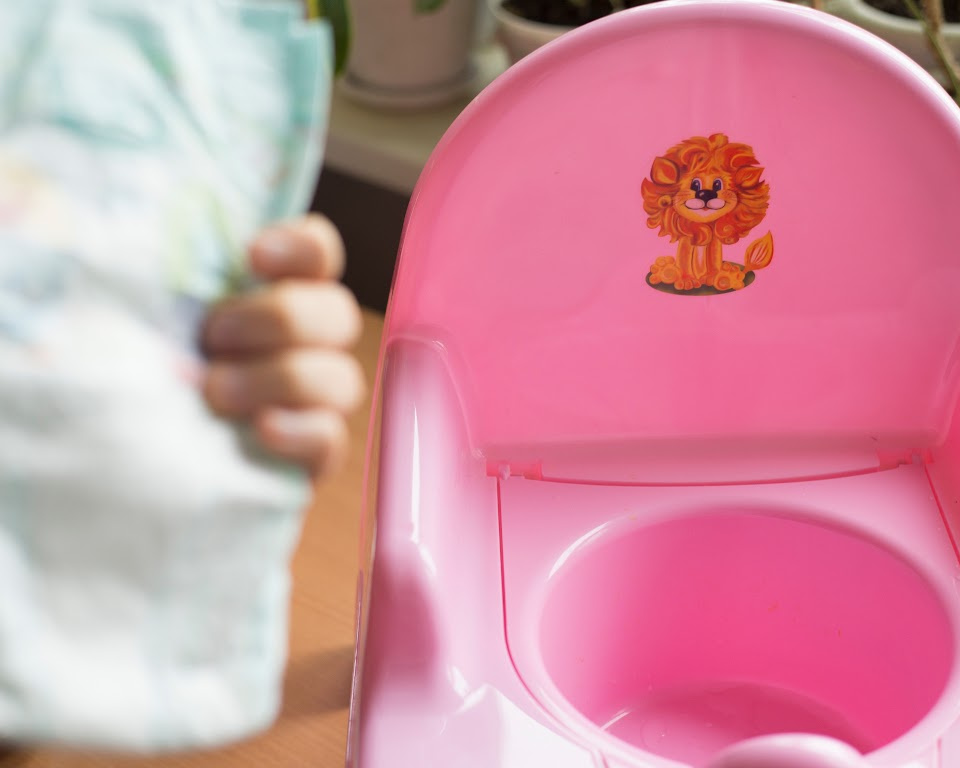Understanding how to communicate with a nonverbal autistic child is a challenge many parents, caregivers,…

How to Discipline an Autistic Child: Easy Tips for Parents
Understanding how to discipline an autistic child requires both heart and strategy all moving toward nurturing social success. Effective discipline techniques for autistic children hinge on more than just redirection or reprimand; it’s about building a foundation where managing behavior in autistic children is done with insight and compassion. Tips for disciplining children on the autism spectrum focus on empowering parents with methods that not only correct but also instill vital life skills.
Key to these endeavors is deploying positive discipline strategies for children with autism, whereby reinforcing good behavior overshadows punitive measures. Developing these strategies for disciplining an autistic child often means diving deep into tailored autism discipline techniques that address the unique needs of each child. And with a steadfast commitment to promoting self-regulation in autistic children, parents pave the way for the kind of behavioral management for autistic children that champions their growth.
It is also essential to emphasize the significance of supporting appropriate behavior in children with autism, a practice that fosters a trusting and secure environment for positive development. Let’s explore how these strategies can be sensitively applied, setting a solid groundwork for both children and their caregivers.
Understanding Autistic Behaviors and Discipline
Approaching discipline for children with autism requires a nuanced understanding of their unique behaviors. When facing challenges with discipline, it’s important to tailor strategies to accommodate the individual tendencies and sensitivities of autistic children.
Identifying the Difference Between Misbehavior and Autism-Related Behaviors
Distinguishing between intentional misbehavior and actions spurred by autism’s inherent characteristics helps in crafting effective discipline techniques. It’s essential to comprehend that some behaviors may stem from an autistic child’s intensive need for structure or overwhelming sensory input, rather than a desire to misbehave.
Embracing Gentle Discipline Techniques
Implementing gentle discipline with autistic children involves thoughtful understanding and strategies that respect their specific needs. Clear communication, patience, and visual supports are foundational to guiding children toward appropriate behavior.
- Using straightforward, concise directions
- Incorporating visual aids such as picture cards to set expectations
- Maintaining consistency in routines to provide security and predictability
Promoting Good Behavior Through Positive Reinforcement
Positive reinforcement is a cornerstone in promoting self-regulation and supporting appropriate behavior in children with autism. Catching and rewarding good behavior not only fosters a positive self-image but also reinforces the desirability of such actions.
- Delivering immediate praise for a task well done
- Providing tangible rewards that hold personal value to the child
- Encouraging communication by honoring attempts to verbalize needs or desires
By focusing on these behavioral management strategies, caregivers can effectively guide children with autism towards self-regulation and support their development of appropriate social behaviors.
Strategies for Managing Behavior in Autistic Children
Recognizing the individuality of each child with autism, there are distinct behavioral management strategies that cater to their unique needs. This personalized approach is essential when considering how to discipline an autistic child. Establishing structure and consistency through these methods not only helps the child excel but also promotes a harmonious environment for both the child and the caretakers.
- Utilize ABC Behavior Charts to track the Antecedents, Behaviors, and Consequences, which provides clarity on what precedes and follows certain behaviors, thereby aiding in crafting tailored interventions.
- Concentrate on one challenging behavior at a time, giving the child a clear and manageable goal, and enabling caregivers to focus their efforts on specific strategies for disciplining an autistic child.
- Incorporate visual schedules to diminish uncertainty and bestow a sense of routine, which is particularly comforting for children on the autism spectrum.
- Select negative reinforcement techniques cautiously to withdraw negative stimuli rather than employing punishment, thus enhancing a child’s motivation to alter behavior.
Through provision of predictable and controlled settings, positive discipline strategies for children with autism foster an environment suitable for growth and learning. Moreover, by substituting inappropriate motions with acceptable ones, such as tapping on the shoulder to get attention, caregivers promote self-regulation in autistic children.
- Implement tools like noise-canceling headphones to help with sensory overloads, thus providing the child with a sense of control over their environment.
- Ensure the approaches employed are consistent, which carves out clear expectations and boundaries, indispensable for managing behavior in autistic children.

Conclusion
Navigating the nuances of how to discipline an autistic child requires a heartfelt blend of patience and a commitment to consistency from parents and caregivers. The key to successfully managing behavior in autistic children lies in understanding their unique needs, providing stable and supportive surroundings, and adhering to strategies that resonate with their perception of the world. It’s a path paved with dedication, where clear communication and predictable routines form the cornerstones of an effective behavioral management plan.
Reiterating the Importance of Patience and Consistency
The effectiveness of discipline techniques for autistic children is significantly enhanced by a steady application. Whether it’s through the use of visual aids, reinforced routines, or implementing positive discipline strategies for children with autism, it’s the perseverance in these methods that paves the way for meaningful progress. Parents need to cultivate an environment where encouragement thrives, and calming predictability reigns, assisting their child in developing the skills necessary for adaptive behavior.
When to Seek Professional Support
At times, the road to implementing autism discipline techniques may present challenges that require additional support. Parents must recognize that seeking professional guidance is a sign of strength, not defeat. Specialists versed in behavioral management for autistic children, like developmental-behavioral pediatricians and child psychologists, can provide expertise and therapeutic avenues such as applied behavior analysis (ABA), which is instrumental in building essential skills and fostering communication.
Empowering Parents with Effective Discipline Tools
Ultimately, equipping parents with effective strategies for disciplining an autistic child is crucial. By doing so, families gain more than just techniques; they adopt a perspective that promotes both the child’s development and the family’s harmony. With these tools, parents can shape a nurturing environment where children on the autism spectrum are able to thrive, showcasing the true potential of tailored positive discipline strategies and robust, loving guidance.

FAQs
What are some effective discipline techniques for autistic children?
Effective discipline techniques for autistic children often include positive reinforcement, visual schedules, and gentle discipline that focuses on understanding and empathy. Strategies like identifying triggers, creating sensory-friendly environments, and using clear communication can help manage behaviors in a constructive way.
How do you differentiate between willful misbehavior and autism-related behaviors?
It’s important to consider the context of the behavior and any potential sensory sensitivities or communication challenges the child might have. Autism-related behaviors can result from an overwhelming environment or changes in routine, rather than deliberate disobedience. Understanding these underlying causes is key to applying appropriate discipline strategies.
How can I use positive reinforcement to promote good behavior in my autistic child?
Positive reinforcement rewards appropriate behavior with praise or tangible rewards. This encourages behaviors like asking for things politely or transitioning smoothly between tasks. Concrete, immediate rewards or compliments can motivate your child to repeat those behaviors over time.
What are some tips for managing behavior in autistic children?
Focus on creating a consistent and predictable environment, using visual aids like schedules and ABC behavior charts, and addressing one challenging behavior at a time. Tailoring strategies to the individual needs of your child, such as using noise-canceling headphones for sensory sensitivities, can be very effective.
When should I seek professional support in disciplining my autistic child?
Professional support may be beneficial if your child’s behaviors are challenging to manage on your own or if you’re feeling overwhelmed. Developmental-behavioral pediatricians or child psychologists with expertise in autism can introduce specific therapies and offer additional strategies that can be helpful.
How do you promote self-regulation in autistic children?
You can promote self-regulation by helping your child recognize their emotions and triggers, providing tools for managing sensory input, and teaching coping strategies. Supporting your child in using techniques like deep breathing, quiet time, or a safe space can help them learn to manage their responses better.
What is gentle discipline and how can it be applied to children with autism?
Gentle discipline is an approach that focuses on understanding the child’s behavior and guiding them towards appropriate actions through empathy, respect, and clear communication. Instead of using punishment, it involves setting clear expectations, offering choices, and relying on natural and logical consequences aligned with your child’s abilities to understand.
Are traditional punitive measures effective for disciplining children on the autism spectrum?
Traditional punitive measures such as time-outs or physical punishment are often not effective for children on the autism spectrum. These children may struggle with understanding the consequences of their actions, especially if they’re related to sensory overload or communication difficulties. Alternative approaches that cater to their specific needs are usually recommended.
How can I support appropriate behavior in my child with autism?
Supporting appropriate behavior involves providing clear and consistent expectations, creating structure and routine, and using visual supports. Reinforcing good behavior, acknowledging efforts, and being patient and calm can also foster an environment where positive behaviors are more likely to be repeated.



This Post Has 0 Comments